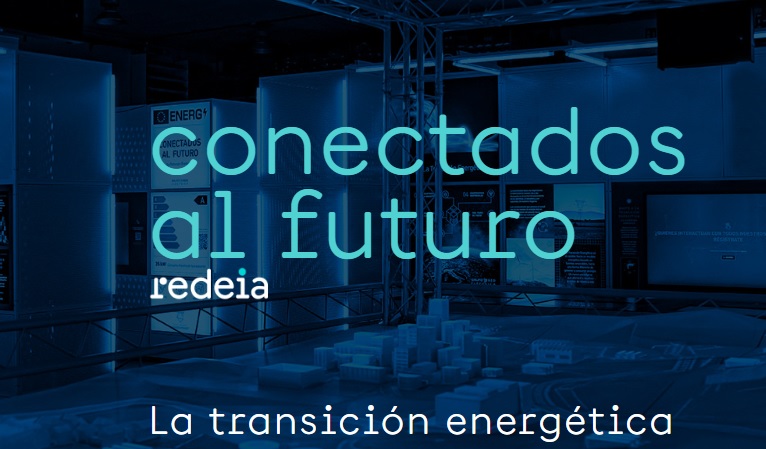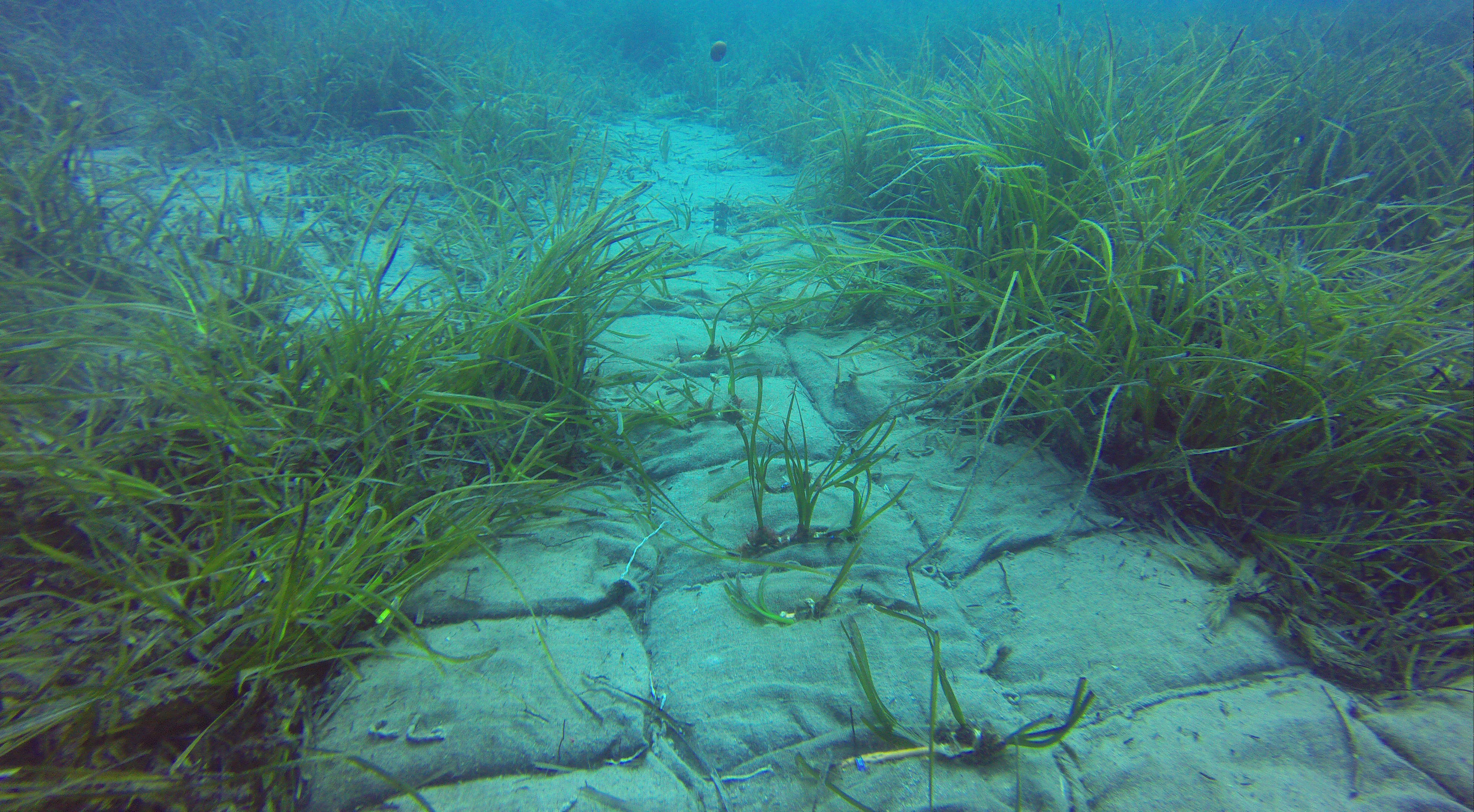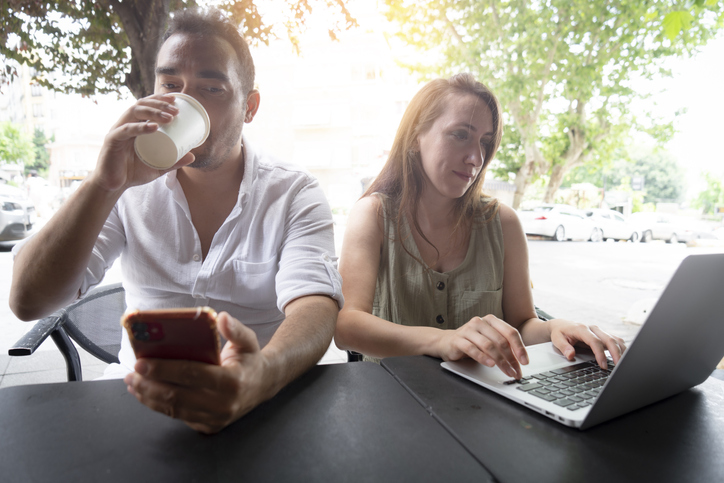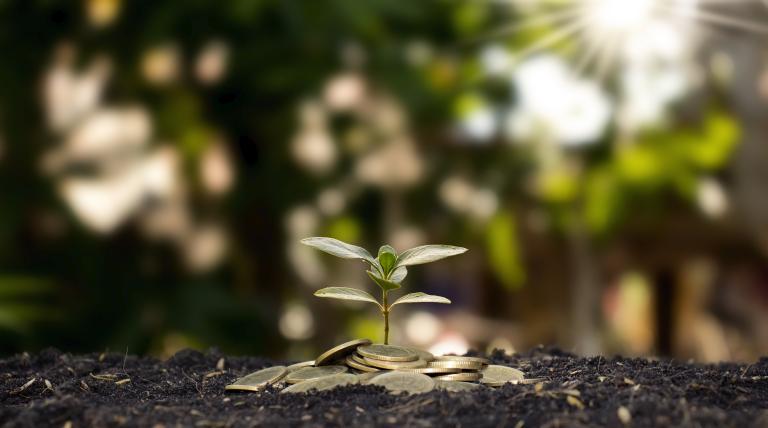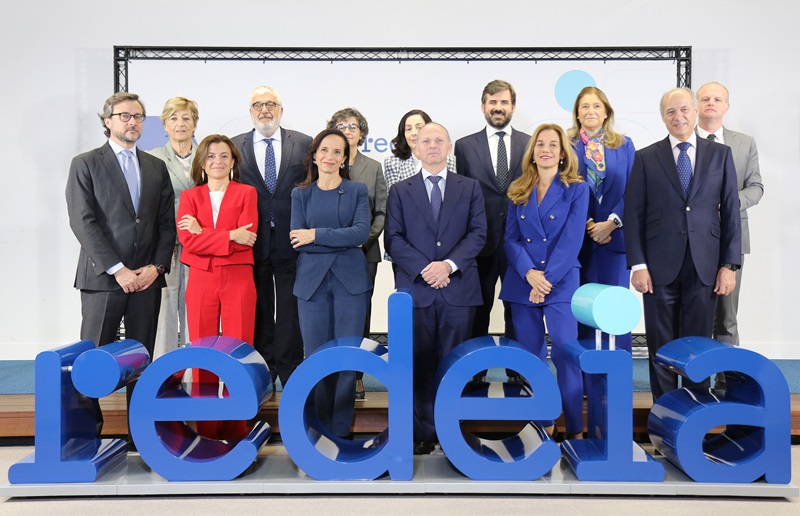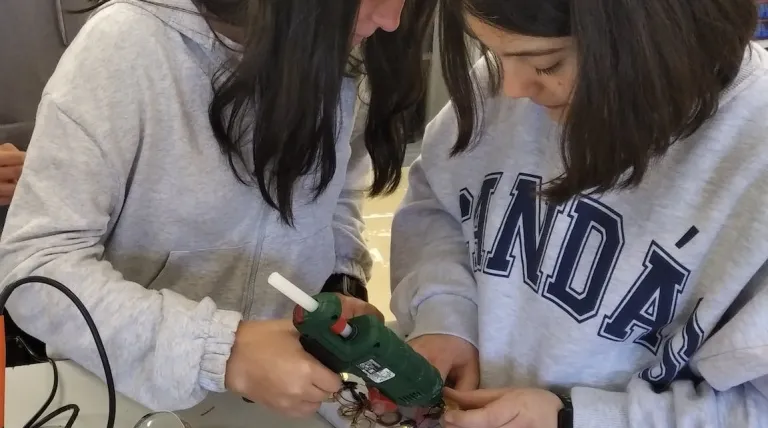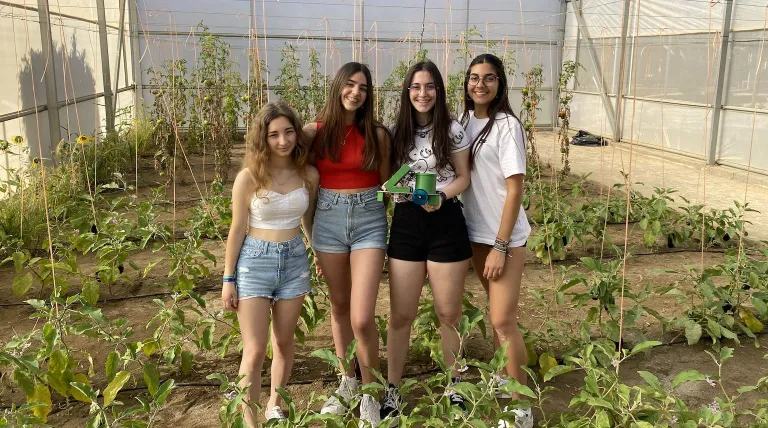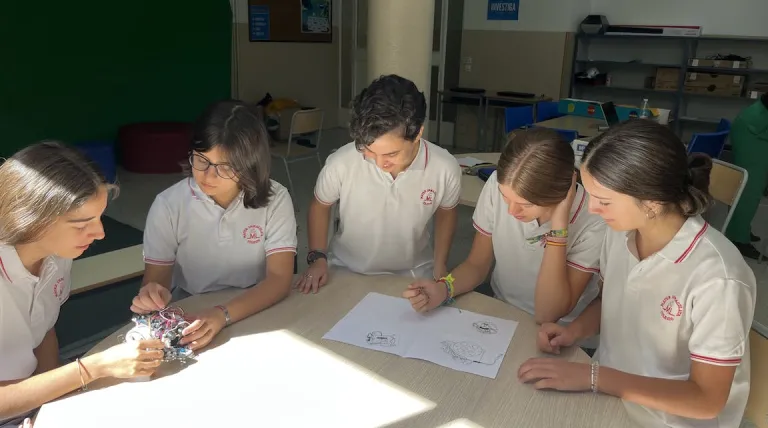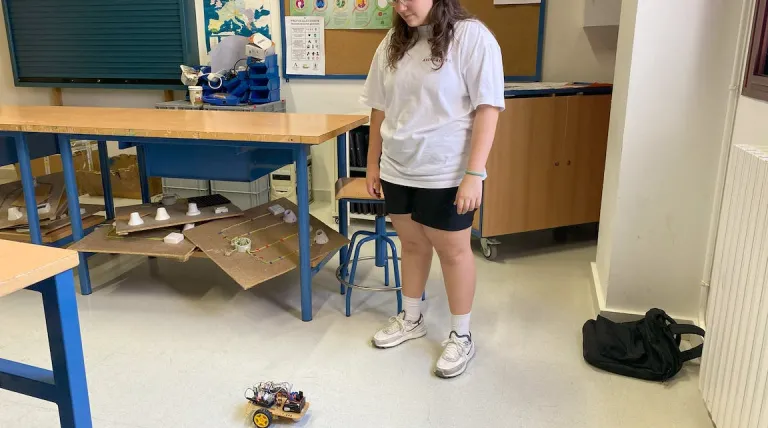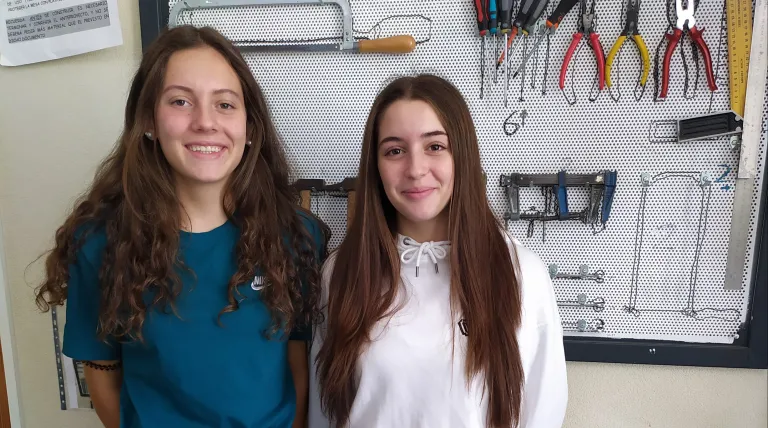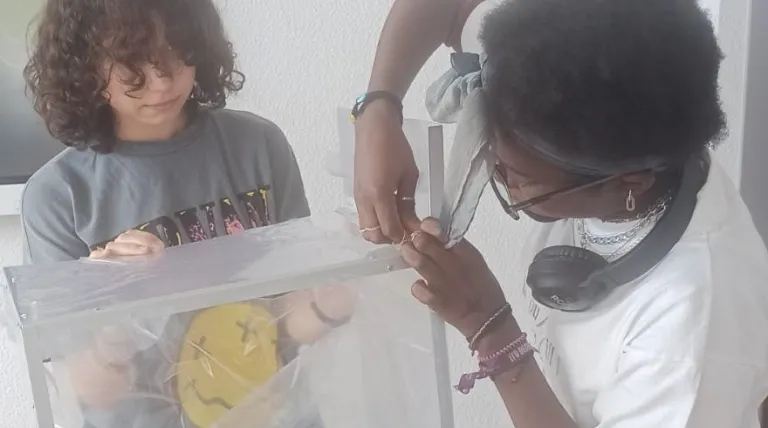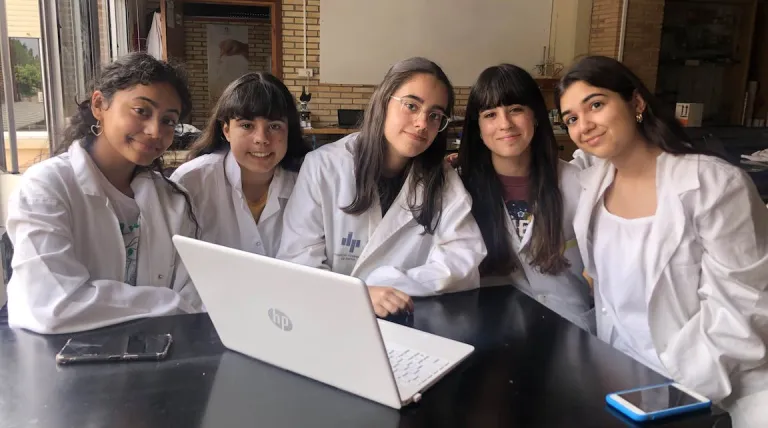We are a global operator of essential infrastructure
- They are students from the Mariano Barbacid schools in Solana de los Barros (Badajoz), Pablo Ruiz Picasso in El Ejido (Almería), Mater Inmaculata in Madrid, Aguilar y Eslava in Cabra (Córdoba), Comuneros de Castilla in Burgos, Camino de la Miranda in Palencia, and Claret in Aranda de Duero (Burgos)
- The selected projects offer technological and scientific solutions to address the challenges in the fields of electricity, telecommunications, and the Sustainable
The second edition of RedeSTEAM, the Redeia contest aimed at promoting scientific and technological vocations among girls, now has its winners. They are 26 students from the 3rd and 4th years of ESO (Secondary Education) from Badajoz, Almería, Córdoba, Madrid, Palencia, and Burgos. Their initiatives were selected by the jury as the ones that provide the best technological or scientific solutions to the challenges in the sectors of electricity, telecommunications, and the Sustainable Development Goals (SDGs).
A total of seven projects have won: two in the Electric Challenge category, two in the SDGs Challenge, and, exceptionally, three in the Telecommunications Challenge. Devices for reducing wildfire risk, helping people with mobility issues, or generating electricity while walking are some of their innovations. Additionally, they developed and built a solar-powered electric planter prototype, a monitored insect mini-farm, and a sustainable pond for river water purification.
The winners will receive their awards during Redeia's Sustainability Workshops, which will be held on October 17 and 18 in Madrid. One of their prizes is the opportunity to attend workshops on engineering, robotics, programming, and scientific creativity conducted by the telecommunications satellite operator Hispasat and the Big Van Ciencia team of communicators, scientists, and researchers. On the other hand, schools will receive STEAM-related equipment and materials for classrooms worth 3,000 euros.
The jury was composed of Eva Pagán, Corporate Director of Sustainability and Studies at Redeia; María Teresa Paramio, President of the Association of Women Researchers and Technologists (AMIT, for its Spanish acronym); Ana María Molina, Corporate General Director of Hispasat; Rosalía Rivas, Manager of Electrical Reliability Department at Red Eléctrica; and Elena Nogueroles, Manager of Lines Maintenance Department at Red Eléctrica.
This year, 149 female students from 31 schools in 13 autonomous communities participated in RedeSTEAM.
Electric Challenge Winners
Next Step Energy. Generating electricity while walking.
Mariano Barbacid High School, Solana de los Barros (Badajoz).
This team has worked on two prototypes that use a device attached to footwear to transform the mechanical energy generated while walking into clean electricity that can be stored. They have designed an engine that transforms the linear movement we make when walking in rotation by generating small electrical charges that accumulate and are stored in a capacitor. The second innovation is an insole that generates electricity when compressed by the step. With this, they achieve a widespread benefit accessible to everyone due to its efficiency and low cost, in addition to reducing the carbon footprint and promoting a healthy lifestyle.
Picassoteam. Solar planter.
Pablo Ruiz Picasso High School, El Ejido (Almería).
These students were concerned about the environment and agriculture in one of the sunniest and most productive areas in our country: El Ejido. Therefore, they sought to increase efficiency and profitability in planting, thereby improving productivity. To achieve this, they designed and built a prototype planter with motors powered by a rechargeable solar energy battery. The planter, whose parts are designed and 3D printed, opens the ground, releases the seed, and closes the trench, all controlled from a mobile device via Bluetooth. With this project, they would reduce time, costs, and CO2 emissions while improving efficiency, safety, and quality.
Telecommunications Challenge Winners
Las Montañeras. Vehicle for controlling temperature and humidity to prevent forest fires.
Mater Immaculata School, Madrid.
It consists of a geolocated autonomous vehicle equipped with IR sensors for establishing and calculating the risk of forest fires by detecting temperature and ambient humidity levels in the mountains. In cases of high fire risk, the surveillance robot could send this information to firefighters and other law enforcement agencies to intervene before it occurs. To program the robot, they used Arduino technology. The research areas were the Cadalso and Cenicientos regions, which were damaged by a fire in 2019. Besides preventing forest fires, this solution helps conserve biodiversity and protect ecosystems, ensuring the safety and well-being of people and saving resources.
Group 1. MenteEslava. Mobile robot to support people with functional diversity.
Aguilar y Eslava High School, Cabra (Córdoba).
It is a prototype of a mobile robot controlled by the concentration level of the brain. This vehicle is based on neurotechnology and the study of the brain's nervous system. Thus, it can move and control a device using an EEG (electroencephalography) sensor connected via Bluetooth to an Arduino board attached to the robot. It also has LEDs that indicate the level of concentration at any time. The aim is to help people with functional diversity have greater autonomy and be able to perform everyday tasks such as turning on a light or any device.
TecnoAcces. Assistive device for people with mobility problems.
Comuneros de Castilla High School, Burgos.
The female students at this school aim to make life a little easier for people with mobility problems. To achieve this, they applied their technology, control, and robotics knowledge to designing a device that, using a laser programmed with Arduino, activates an LDR (light-dependent resistor) and a motor, as well as a Bluetooth-connected app to open a door from a mobile device without approaching it.
SDG Challenge Winners
Granjeras 2.0. Arduino-monitored insect mini-farm.
Camino de la Miranda Integrated Training Center, Palencia.
A prototype insect mini-farm for food purposes equipped with a monitoring system created with Arduino was the project of the team at this Palencia school. They have managed to replicate the model of pioneering farms in this sector on a smaller scale. In this project, the Arduino control system monitors temperature, humidity, and CO levels, focusing on the breeding of mealworms (tenebrio molitor), an insect whose purchase is accessible and can be used, for example, as poultry feed or fishing bait. An initiative that represents a solution to worldwide problems such as hunger and climate change.
H2Ocean's. The course of water.
Claret School, Aranda de Duero (Burgos).
The goal of this project was to raise awareness about the care of water, a limited natural resource. The idea arose from concerns about the water quality in the nearby rivers. Every year, they analyse these flows and see how the temperature of these waters is increasing while the amount of dissolved oxygen is decreasing. Therefore, they considered creating a sustainable pond. It is a prototype built with recycled materials that works with solar energy and is used for water purification and the collection of microplastics to improve the living conditions of river fauna and flora.
Contest under the STEAM Alliance of the Ministry of Education
In Spain, there is still a significant gender gap among students in the fields of science, technology, engineering, and mathematics. As a result, female talent continues to be underrepresented in essential productive sectors for the country and for the transition to a sustainable, fair, and inclusive development model.
According to the Ministry of Education and Vocational Training's 2023 Igualdad en Cifras (equality in figures) report, the percentage of female students is still very low in these fields, both in high school, vocational training, and university degrees. The biggest disparity is in computer science, where female students represent only 13.5% in advanced vocational training and 14.1% in universities.
RedeSTEAM was created as part of the Ministry of Education and Vocational Training’s initiative 'Alianza STEAM por el talento femenino. Niñas en pie de ciencia’ (STEAM Alliance for female talent: Girls in the science spotlight), of which the company is a member. Its goal is to promote STEAM vocations in girls and young women to reduce the gender gap in these disciplines.
This contest supports developing female talent at a young age and encourages young women to study STEAM disciplines in order to consolidate an educational and training system without gender stereotypes, contributing to progress towards real and effective equality in a diverse and plural society with different perspectives and skills.

